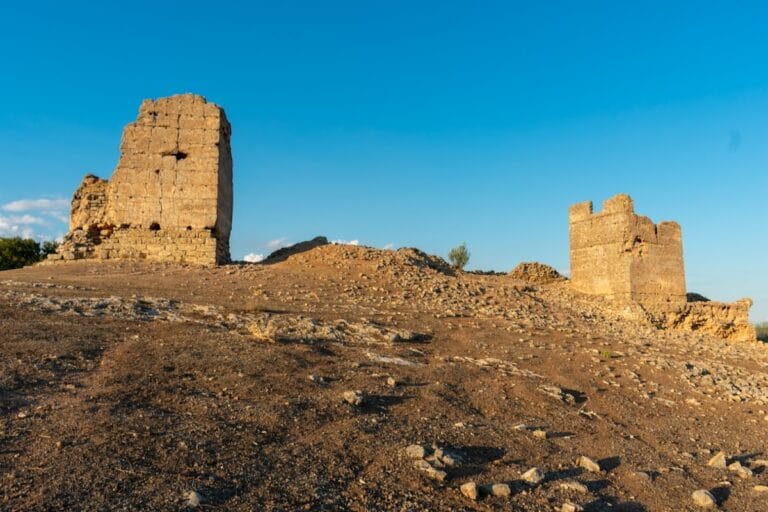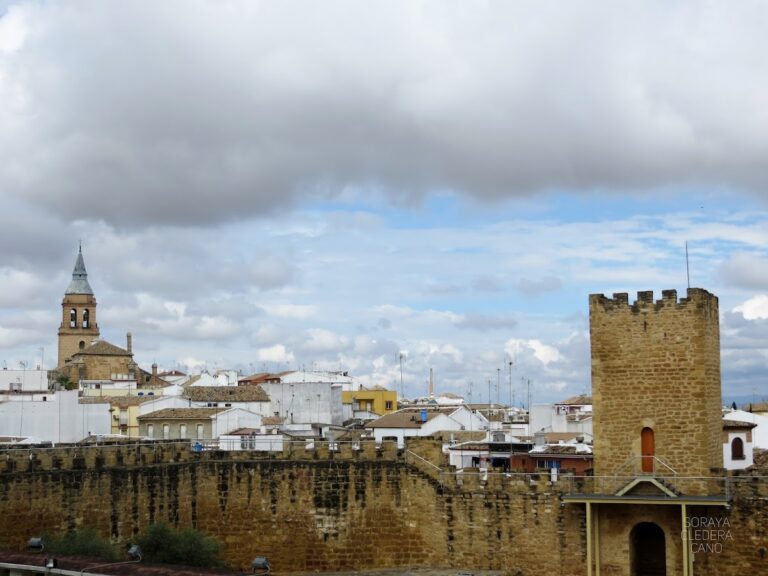Castillo de Burgalimar: A Historic Fortress in Baños de la Encina, Spain
Visitor Information
Google Rating: 4.6
Popularity: Medium
Google Maps: View on Google Maps
Official Website: www.banosdelaencina.es
Country: Spain
Civilization: Medieval European
Remains: Military
History
The Castillo de Burgalimar is located in Baños de la Encina, Jaén, Spain. It was built in the 10th century during the rule of the Umayyad Caliph Al-Hakam II. A marble inscription dated 968 CE confirms its construction under his orders. The fortress was established as a military stronghold to control access to the Guadalquivir valley and the routes leading to Córdoba. It formed part of a defensive network designed to house troops, mainly Maghrebi mercenaries, during a time of relative peace in Al-Andalus.
After the Caliphate of Córdoba collapsed in the 11th century, the castle became a contested site amid the Christian Reconquista. Alfonso VII captured it in 1147, but it returned to Muslim control after 1157. Later, Alfonso VIII and Alfonso IX retook the fortress in 1189. However, following the Battle of Las Navas de Tolosa in 1212, the castle again fell under Muslim rule for a short period.
In 1225, Ferdinand III of Castile definitively conquered the castle. He granted it to the Archbishop of Toledo and placed its defense under the Order of Santiago, a military-religious order. This marked the beginning of its integration into Christian territories. In 1458, King Henry IV gave the castle to his constable Miguel Lucas de Iranzo, which caused local opposition. By 1466, the city council of Baeza reclaimed the fortress for the crown and added the Torre del Homenaje, or keep, to the structure.
During the Napoleonic invasion of Spain, French troops occupied the castle. Later, it served as a parish cemetery until 1828. In 1931, the castle was declared a National Monument. It remains owned by the municipality of Baños de la Encina, with restoration efforts managed by the Directorate of Fine Arts.
Archaeological excavations at the site have uncovered evidence of earlier settlements, including Bronze Age remains, an Iberian fortified town from the 4th century BCE, and a Roman mausoleum. These findings highlight the long-term strategic importance of the location before the medieval fortress was built.
Remains
The Castillo de Burgalimar occupies an oval-shaped area about 100 meters long and 46 to 50 meters wide, covering roughly 2,700 square meters. It sits on a rocky hill overlooking the town and surrounding landscape. The fortress is enclosed by a crenellated curtain wall made of rammed earth, a technique called tapial, which gives the walls a brown to reddish color.
The curtain wall is reinforced by fourteen square or rectangular towers of similar height. Each tower has three to four floors, depending on the terrain. The walls and towers feature merlons, the solid upright sections of battlements, and arrow slits for defense. The main entrance is on the southern side, positioned between two tall towers. It consists of a straight passage with two large horseshoe arches topped by a machicolation, an opening through which defenders could drop objects on attackers. A smaller secondary gate exists on the northern wall.
Inside the enclosure lies a large courtyard, known as the plaza de armas, which contains a vaulted cistern. This cistern is divided into two sections by pillars and covered with barrel vaults, which are curved ceilings shaped like half-cylinders. Foundations and fragments remain of a small Christian-era fortification within the courtyard. This includes a circular tower with an inner wall connected to the outer enclosure by two wall sections, dividing the courtyard into two parts.
A fifteenth tower, the Torre del Homenaje or keep, was added in the 15th century. Unlike the original Muslim construction, this semi-cylindrical tower is built of stone and shows Gothic architectural influences. It faces the town rather than the surrounding landscape, reflecting its later role in local authority.
The castle is exceptionally well preserved and is considered one of the best-maintained Muslim fortresses in Spain. It is also recognized as the second oldest castle in Europe. The main gate and the Torre del Homenaje stand out for their stone construction, contrasting with the predominantly rammed earth walls and towers.










